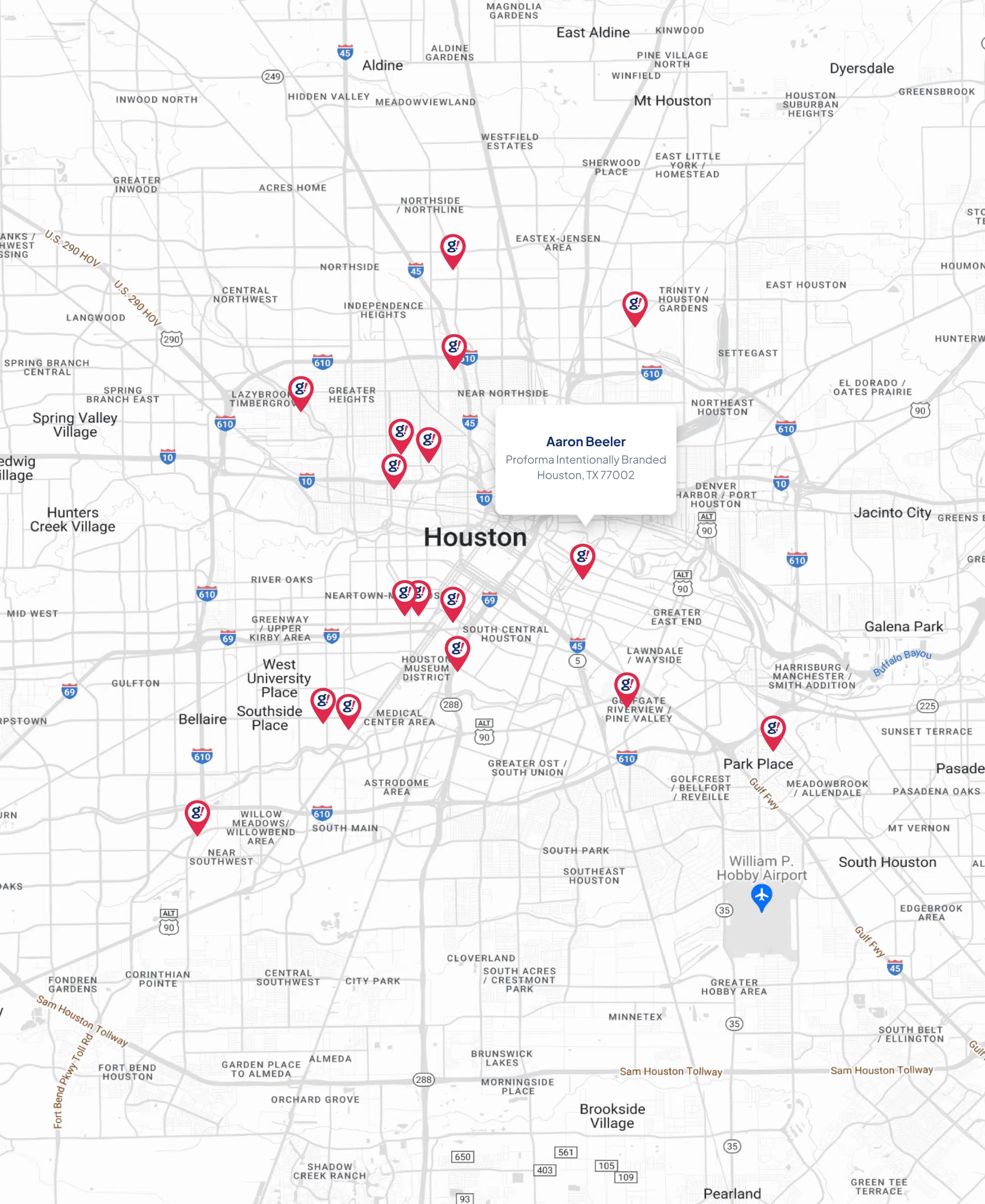4 Key PR Measurement Trends to Expect in 2020
- Updated on: 2019-12-18
- Read original article here

2020 will ring in new challenges and opportunities for PR measurement. Emerging trends, changing consumer sentiment and improving technologies in PR and corporate communications will impact PR analytics.
These are some key PR measurement trends to anticipate next year.
More corporations realize that well-publicized corporate social responsibility (CSR) efforts bolster their reputations, decrease chances of consumer boycotts, and attract loyal customers and engaged employees. Research shows that strong CSR also impacts corporate stock values. Many investors analyze company records on environmental and social issues before buying a company’s stocks.
As corporations pay more attention to CSR, they’ll place more value on measuring CSR programs. Some believe CSR programs are an end in and of themselves. Business should do good for the sake of doing good. But others point out that CSR should be measured like any other corporate investment.
Recording and measuring CSR activities helps companies make better decisions about which social initiatives to support, improves the efficiency of their programs, and convinces skeptical stakeholders of their value.
“The biggest trend is a more holistic view of the value of communications,” writes PR measurement expert Katie Paine, CEO of Paine Publishing. “It’s not just somehow ‘helping the bottom line’ or ‘bringing in more leads’ or even ‘getting impressions.’ Increasingly, CCOs and CEOs are emphasizing the measurement of how their organization impacts the planet, society, and the communities in which it lives.”
PR and marketing as well as other communications functions are becoming more integrated. Corporate leaders are realizing that merging the functions improves coordination. Different teams can accomplish together what they cannot do separately, enhancing the organization’s bottom line.
The days of when PR and marketing departments in large corporations operated completely independently are drawing to a close. Silos for PR, marketing – including social media marketing, advertising and digital marketing — are crumbling as their roles merge.
Integrated communications functions require an integrated communications dashboard that collects all earned, owned and paid metrics into a single view. That 360-degree viewpoint can reveal the most effective strategies and prove how PR and marketing help the organization meet business goals. With greater cooperation and enhanced measurement, marketing and PR can better demonstrate to management how both functions have helped the organization meet financial goals and improve corporate reputation.
Vanity metrics, dubious metrics such as AVEs and earned media equivalencies, and less meaningful metrics such as impressions will fall by the wayside. Instead, PR departments and agencies will pursue more sophisticated metrics such brand sentiment, share of voice and message resonance. That will allow them to show how PR supports concrete business goals prove the value of PR to clients and C-suite executives.
“Tangible deliverables are what matters,” writes John Hall, co-founder and adviser of Influence & Co., a content marketing agency, in Inc. “Your clients are much more interested in receiving a published press mention than they are in hearing that you pitched 200 reporters with no results.”
PR pros face more pressure to prove how they contribute to concrete business objectives. According to the Communications Bellwether Survey from PR Week and Boston University, 79% of public relations professionals say top management and boards demand more accountability and measurement than ever.
PR will meet that challenge with the help of sophisticated media measurement services. Media monitoring and measurement tools have advanced tremendously in recent years. In addition, some media measurement vendors can customize their standard package to clients’ specific wants and needs.
Although computer programs can analyze large volumes of data at an affordable price, more companies will begin to understand the limits of automated analysis. While advanced sentiment analysis software with appropriate training can accurately assess sentiment reasonably well, sentiment is only a part of a thorough media analysis. In addition to sentiment, media analysis requires evaluation of subject, positioning, messaging, and issues – evaluations that only well-trained human analysts can perform with an acceptable level of precision.
More companies will appreciate the benefits of a hybrid approach that combines software for quantitative data analysis combined with experienced human analysts for qualitative assessment. While analytics tells you what happened, it doesn’t explain why it happened. That’s the domain of qualitative research performed by expert human researchers.
PR teams have learned that collecting data and tracking metrics might be easier than finding actionable insights in the jungle of numbers. They’ve learned that data and insights are not exactly the same. Services that include trained human analysts in addition to automated software analysis can provide more accurate judgments and uncover actionable insights that hide within the data.
This article was first published on the Glean.info blog.
Sign up for a free demo of the Glean.info media monitoring & measurement dashboard.



